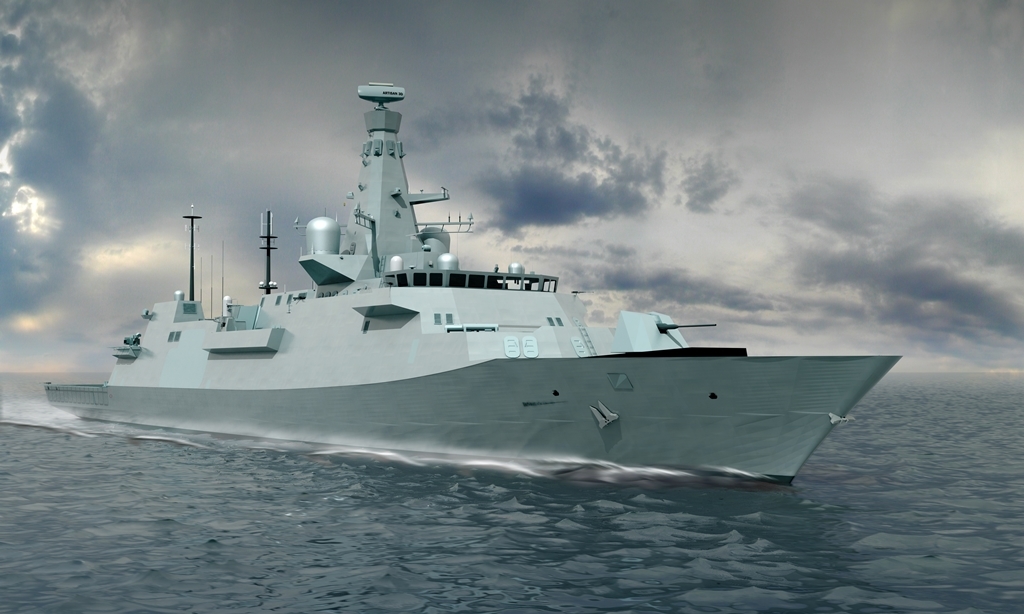The Ministry of Defence could renege on a promise made during the independence referendum to build new Type 26 frigates in Scotland, the head of Royal Navy has admitted.
Instead the contract could be moved abroad, according to First Sea Lord Admiral George Zambellas, exactly the type of arrangement two Defence Secretaries said could not apply to an independent Scotland before September’s vote.
The MoD and defence contractor BAE are locked in dispute over terms of the contract for the frigates and there has been speculation the UK could purchase French warships instead.
If that were to happen, Scotland would lose out on a £4 billion contract while the ship building industry could collapse potentially costing more than 11,000 jobs.
Admiral Zambellas said: “The acquisition process looks for a solution to be able to give us what we need. The affordability question that comes from that depends on the vest that industry can deliver.”
“You’ll notice I haven’t necessarily said that that’s the British industry, as the decision has not been made on what the solution to the requirement will be.”
Prime Minister David Cameron told The Courier the frigates would play a crucial role in Scotland remaining the “centre of complex warship building” as part of the UK in the run up to the referendum.
If the Royal Navy goes abroad for warships it will be the first time it has done it in peace time.
A spokeswoman for the MoD confirmed the First Sea Lord had reflected the department’s current position that no decision has been made yet on the frigate contract.
However, she added: “Other than during the World Wars, since the start of the twentieth century, all the UK’s complex warships have been designed and built within the UK for reasons of national security.
“We do not anticipate any change to this policy in respect of the Type 26 Global Combat Ship.”
SNP defence spokesperson Angus Robertson said: “This puts the lie to yet another Project Fear scare story rolled out during the referendum.
“Time after time we were told by the No campaign that warships could only be built in the UK. The best place to build these frigates is on the Clyde and everybody knows that.
“It would be a serious breach of trust if this is now being reconsidered – Scotland needs and deserves this work.”
